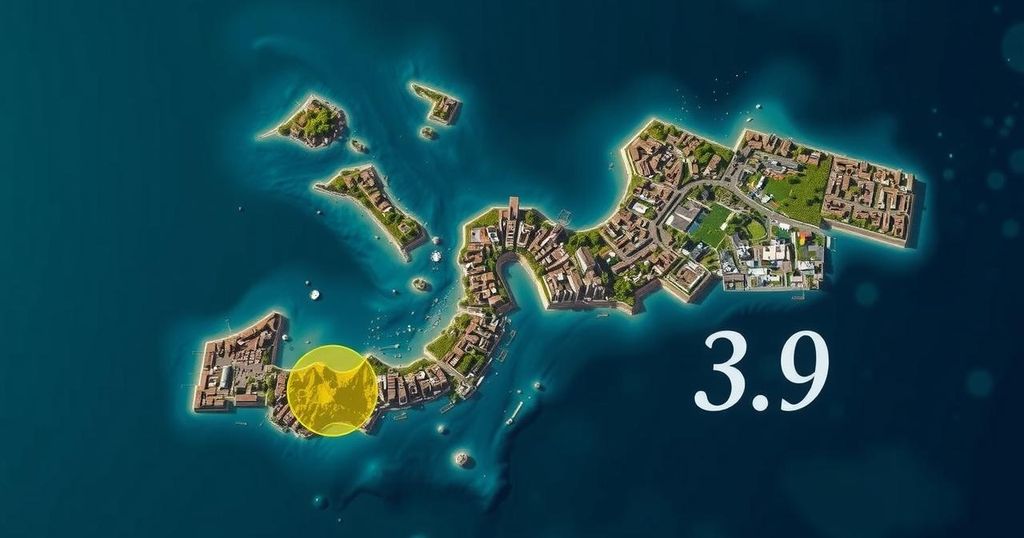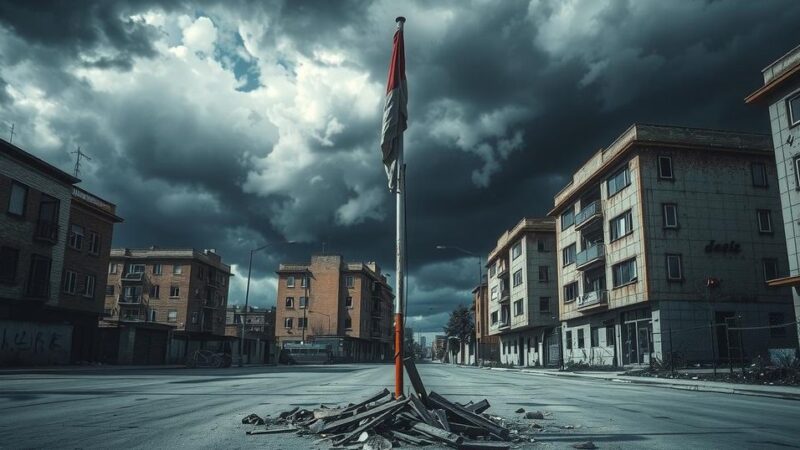A magnitude 3.9 earthquake was felt in Leyte at 10:28 p.m., located west of Capoocan. Phivolcs noted a shallow origin of nine kilometers and a temporary adjustment of magnitude to 4.2. Intensity III was reported in Kananga, Carigara, and surrounding areas. There are no anticipated damages or aftershocks. Leyte is also under Tropical Cyclone Wind Signal No. 1 due to severe tropical storm Kristine.
A magnitude 3.9 earthquake occurred in Leyte at precisely 10:28 p.m., with its epicenter located to the west of Capoocan. The Philippine Institute of Volcanology and Seismology (Phivolcs) identified the tremor as tectonic in nature, occurring at a shallow depth of nine kilometers. The initial reported magnitude of the earthquake was subsequently adjusted to 4.2, with a confirmed depth of 10 kilometers. In terms of felt intensity, areas such as Kananga, Carigara, and Leyte in the province, along with Naval and Biliran, experienced a reported Intensity III. Instrumental measurements corroborated this observation, indicating the strength of the earthquake based on both personal accounts and scientific instruments. Phivolcs clarified that a reported intensity refers to the strength of the earthquake as experienced by residents, whereas instrumental intensity is derived from established measurement scales. Phivolcs also indicated that there are no anticipations of damages or aftershocks associated with this seismic event. Concurrently, Leyte is under Tropical Cyclone Wind Signal No. 1, a precautionary measure due to the presence of severe tropical storm Kristine, which is expected to bring minimal to minor impacts from strong winds to affected areas.
The recent earthquake in Leyte is part of the Philippine archipelago’s complex tectonic landscape, which frequently experiences seismic activity. The region is situated on the Pacific Ring of Fire, known for its geological instability and susceptibility to earthquakes and volcanic activity. The monitoring and reporting of seismic events are carried out by Phivolcs, which provides timely updates and safety recommendations to the public. Additionally, the simultaneous weather disturbance from tropical storm Kristine underscores the need for institutions to remain vigilant in disaster preparedness and public safety.
In summary, the magnitude 3.9 earthquake that struck Leyte was a moderately strong seismic event characterized by a shallow depth, with no expected damages or aftershocks reported. The affected areas experienced a significant intensity level as observed by residents and instruments alike. Meanwhile, the region remains under alert due to the severe tropical storm Kristine, highlighting the importance of ongoing attention to both seismic and meteorological hazards in the area.
Original Source: newsinfo.inquirer.net






